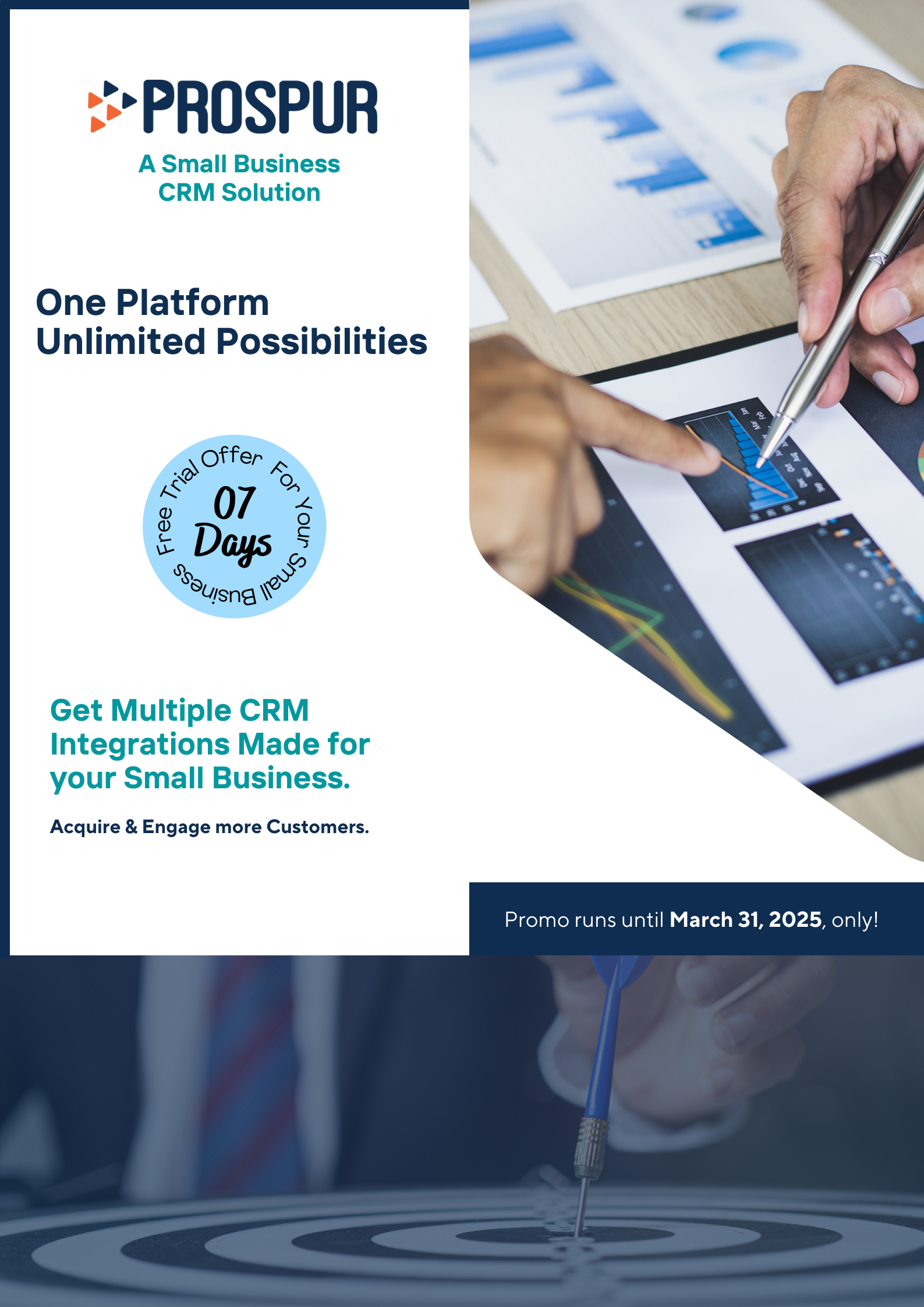How to Generate Quality Leads with a Lead Management Software
Editorial StaffApril 25, 2022

Successful businesses manage their leads well. They know how to give individual attention to each client, know their preferences, and provide exactly what they need. Well, that is easier said than done without a lead management process in place.
Lead management is not only for large businesses. With robust lead management software, even small and medium businesses can quickly grow and stay ahead of their competition. Let’s take a look at what lead management implies, the process and software, and how it can make your business efficient.
What is Lead Management?
It becomes difficult to manage when you begin to get more leads or inquiries into your business, with everyone seeking equal attention. That’s when leads fall through the cracks with missed follow-ups and opportunities to convert to sales.
Lead management is a well-defined process that helps you give equal attention to all the leads and keep track of their personal preferences, demographics, and past buying patterns. This makes your leads sales-ready and puts you ahead of the competition.
However, the modern definition of lead management goes a step ahead and integrates this with marketing management. This helps you drive efficient marketing campaigns from the insights obtained from your leads and sales.
The Lead Management Process
Lead management entails the following steps –
#1. Lead capturing:
Leads can come from infinite sources. They could be from emails, contact forms, calls, and social media channels. When the volume is high, you cannot capture them manually. A lead management system should capture them automatically.
#2. Lead Enrichment & Tracking:
The system tracks the leads’ activities including the time they spend on each page, the forms they fill, the links they click, and articles they read on your blog.
#3. Lead Distribution:
Distribute the leads to your sales teams for efficient follow-up. For example, it makes more sense to pass on the leads based in the US to the team that works in that time zone.
#4. Lead Qualification:
Give a quality score to your leads based on their buyer persona. For example, a lead from a company’s CEO would get higher preference than the one from a sales manager.
#5. Lead Nurturing:
Not all leads may buy the product from you, but that does not make them useless. If you give them a good experience in whatever they want from you, be it an e-book, a blog article, freebies, or even some advice, they advocate your brand to others.
Challenges with a Lack of Lead Management:
It is exhausting to manually enter, track, and nurture the leads in excel sheets. If you are looking to expand your business, you should consider overcoming these challenges –
- Poor customer experience due to lack of visibility of all touchpoints to the sales teams.
- Loss of productivity due to lack of qualified leads by a rank or a score.
- Lack of a tracking mechanism for customers’ activities online.
- Missed follow-ups and delayed responses, leading to lost customers.
- Duplication of leads in the excel sheets. This can lead to missed leads that were of higher priority.
What is a Lead Management Software, and What Are Its Benefits?
A leads management software is a system of tools and activities that help you acquire, build, manage, monitor, educate, and engage your leads and prospects from the initial inquiry through the confirmed sales. It efficiently tracks and manages the leads by performing the following activities –
- Creating smart forms and chat tools to engage with your leads faster.
- Tracking the social media activities of your leads across platforms such as Facebook, Twitter, Instagram, LinkedIn, and more.
- Categorizing the leads from the ones on high priority to those on low priority.
- Distributing leads effectively among the team members.
- Integrating the data with marketing management and knowledge management systems for better efficiency.
- Creating and sending targeted email campaigns.
- Analyzing which social media campaigns bring you maximum leads and nurture them.
- Using built-in analytics to segment the leads based on various parameters.
Final Thoughts:
Now that you know why lead management is essential for your business, what next? Is there a lead management software catering to your small business? Is it efficient?
Prospur is the world’s first integrated CRM for small businesses with key features, such as efficient sales lead management that offers a holistic approach to business growth.
It is a cost-effective and efficient cloud-based software that enables you to grow your business faster than the competition and even manage it effectively.

